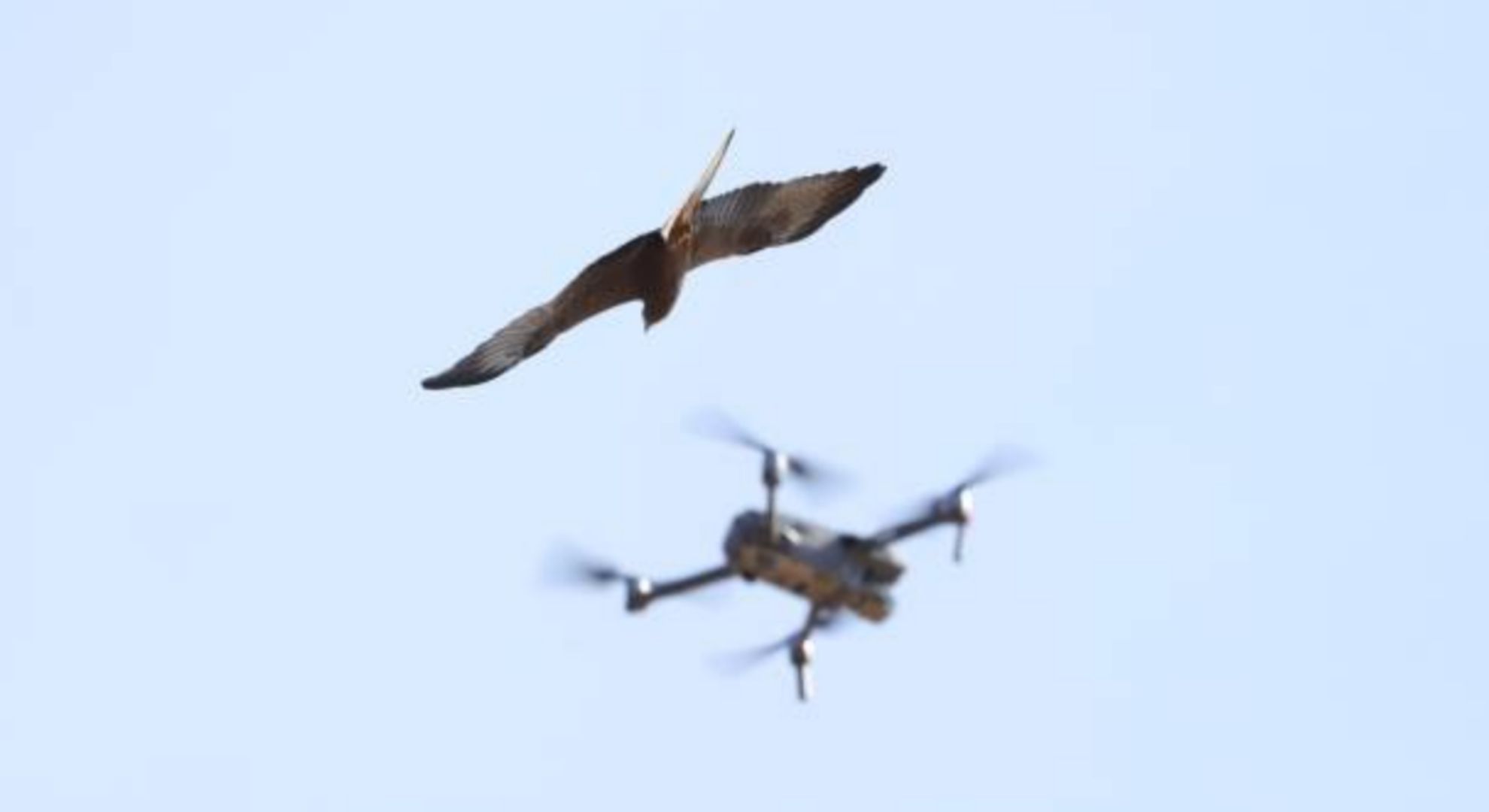Look up in the sky! It’s a bird… it’s a plane…or is it some kind of both?
Scientists in New Mexico are doing something quite unique and kind of ghoulish over there as they are turning dead birds into drones that could be used to spy on wildlife and people.
Yup, you’re reading that right. They’re using real dead birds as spy drones and we’re calling them zombirds (zombie + birds).
In a recently published paper in Aerospace Research Central, researchers from the New Mexico Institute of Mining and Technology have revealed that they incorporated dead birds into flapping drones that will enable them to monitor wildlife and possibly as a tool for espionage in military missions.

The deceased birds underwent the art of taxidermy, the practice of preserving an animal’s body through stuffing and mounting it, to create “seamless and natural” looking equipment. The drone is designed after ornithopters, a type of aircraft that imitates the flapping characteristics of birds, but in their case, they incorporated dead birds instead of making a flapping wing from scratch.
“Instead of using artificial materials for building drones, we can use the dead birds and re-engineer them as a drone,” Mostafa Hassanalian, one of the scientists involved in the study, said in an interview with the New Scientist.
Hassanalian and his colleagues used three-dimensional flapping and aerodynamic simulators and conducted two flight trials to test the flapping mechanisms and the aerodynamics of its flapping wings.
According to the team, while the creation of such a drone is difficult, it is considered to be practical for research purposes and “can keep nature undisturbed.”
However, scientists have found out that there are a few things they need to do to improve the flapping drone.
Among the improvements they observed are making the flapping wing drone “look more natural,” switching from spur gears to helical gears to reduce the drone’s noise and increase its longevity, and making its wings more flexible by incorporating bendable wrists.
Scientists also discovered that adding different flight options can provide an easier user experience and enable the drone’s flight to be more natural.
They also noted that the drone should add some legs for it to monitor without using and wasting more batteries.
“A final improvement would be to add legs so that the drone can perch and monitor without using much battery,” the scientists added.
Yeah, they really took spying to a whole new level, huh? Imagine you’re looking up in the sky and you spot a bird gliding and hovering over you only to find out it’s actually a drone and it’s watching your every move.
But, hey, let’s admit it: the creation of this kind of drone is real genius, but at the same time, very creepy.
Other POP! stories that you might like:
NAW 2023 nears touchdown, prepares for re-entry with on-ground activities
‘Car brain is real’: New study reveals people’s unconscious bias when it comes to driving
A group of scientists finds ‘rare’ meteorite in Antarctica
Candy Crush drone ad receives backlash from New Yorkers, calling it ‘offensive’ and a ‘nuisance‘



